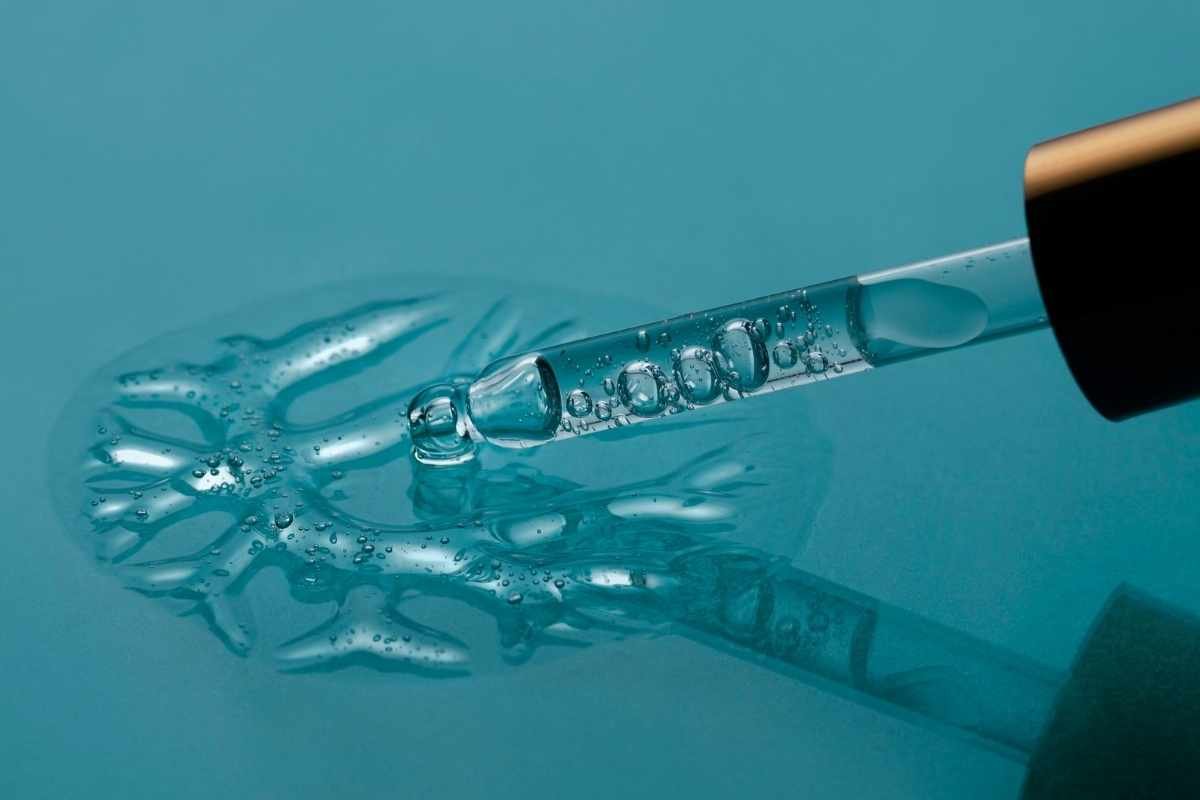Have you ever wondered what keeps cells alive in a lab? The answer to this is the animal cell culture media. These cultures designed are the lifeline of modern biotechnology, pharmaceuticals, and research. They provide nutrients and ideal growth conditions for the cells to grow and function outside the natural environment. There are several cell-based products like vaccines, therapeutic proteins, and regenerative medicine. Thus every person needs to understand the ins and outs of cell culture media. This blog will give you a deeper understanding of animal cell culture media.
Why Does Animal Cell Culture Matter?
Whether it is primary cells or stem cells, a given media can affect the growth of the cells in a right or a wrong way. Animal cell culture media is the meal plan for cells. In the earlier days, most media were serum-based, which means that they were dependent on components like fetal bovine serum (FBS) that supply nutrients and growth factors. Serum has advantages and disadvantages, but some of its disadvantages are it is unpredictable and expensive. Nowadays, to grow these cells, a serum-free and chemically well-defined media is used to acquire consistent and positive results.
Types of Animal Cell Culture Media
As we saw the importance of animal cell culture media, let’s understand the most common types of media.

- Basal Media: This is one of the oldest recipes for cell survival. This recipe provides basic nutrients, vitamins, and salts. Popular examples of these are DMEM (Dulbecco’s Modified Eagle Medium) and RPMI.
- Serum-Containing Media: These include serum to provide some extra growth nutrients. Due to moral concerns and fluctuating qualities nowadays, it is a less approached media.
- Serum-Free Media: This media does not depend on serum but is a combined package of all the nutrients that a cell requires. They are useful in cases like biopharmaceutical production.
- Chemically Defined Media: These media include only specific and known ingredients, like being perfect during reproduction and consistent in clinical manufacturing.
- Specialized media: Some cells, like stem cells or primary cells, require extra care. These specialized media have extra growth supplements to meet the cell’s special needs.
What’s Inside Animal Cell Culture Media?

Inside the Animal cell culture media, there are nutrients such as amino acids, vitamins, salts, glucose, buffering agents, and other growth agents. Now, let us explicitly understand the mentioned nutrients.
- Amino Acids: As we know, they are the building blocks of proteins. Cells will not be able to grow or function properly without these.
- Vitamins: They are necessary for metabolism and overall growth of the cells and tissues. Of all the vitamins, B-complex and C are the most important ones.
- Salts: These help in maintaining the balance and supply ions like sodium and potassium which is essential for cell-to-cell communication.
- Glucose: They provide energy to the cells that help them to perform cellular activity.
- Buffering Agents: These agents help to control the pH levels and ensure that the cells stay comfortable in their environment
- Growth Agents: Growth agents such as proteins and hormones encourage the growth of the cells depending upon the type of cells.
Where is the Animal Cell Culture required the most?
Animal cell culture media plays an important role in several scientific areas, some of which are mentioned below:

- Biopharmaceuticals: Appropriate media is essential for producing vaccines, antibodies, or therapeutic proteins otherwise, it may delay cell growth and production.
- Tissue Engineering: This is an in vitro technique where tissues are grown for transplants or regenerative medicines.
- Stem Cell Research: Research workers use specialized media to help the stem cells to go towards specific cell types or keep them in their states.
- Toxicology Testing: It is the testing of new drugs or chemicals to check if they are harmful or toxic for human safety.
- Basic Research: Culture media are necessary to study the cancer pathways or to understand how cells communicate.
An ideal growth environment for cells and proper research of the cells help the research workers to understand the cellular processes and where they might be useful.
Final Thoughts
Cells behave differently in different media, which can make the experiments tough for scientists or researchers. Thus, scientists or researchers are consistently trying to make it more affordable to grow. This can help them to produce more cells of different types and make them more useful in several fields. We hope this blog has helped you to understand its types, where it can be used, and the components it contains. Animal cell culture media has been the backbone of medical science. So, the next time you read or hear about any new invention in the field of biotechnology or medicine, remember they are not possible without a well-structured cell culture media.
We hope this blog has helped you to understand its types, where it can be used, and the components it contains.








